Which of the following molecules possess a plane of symmetry ?
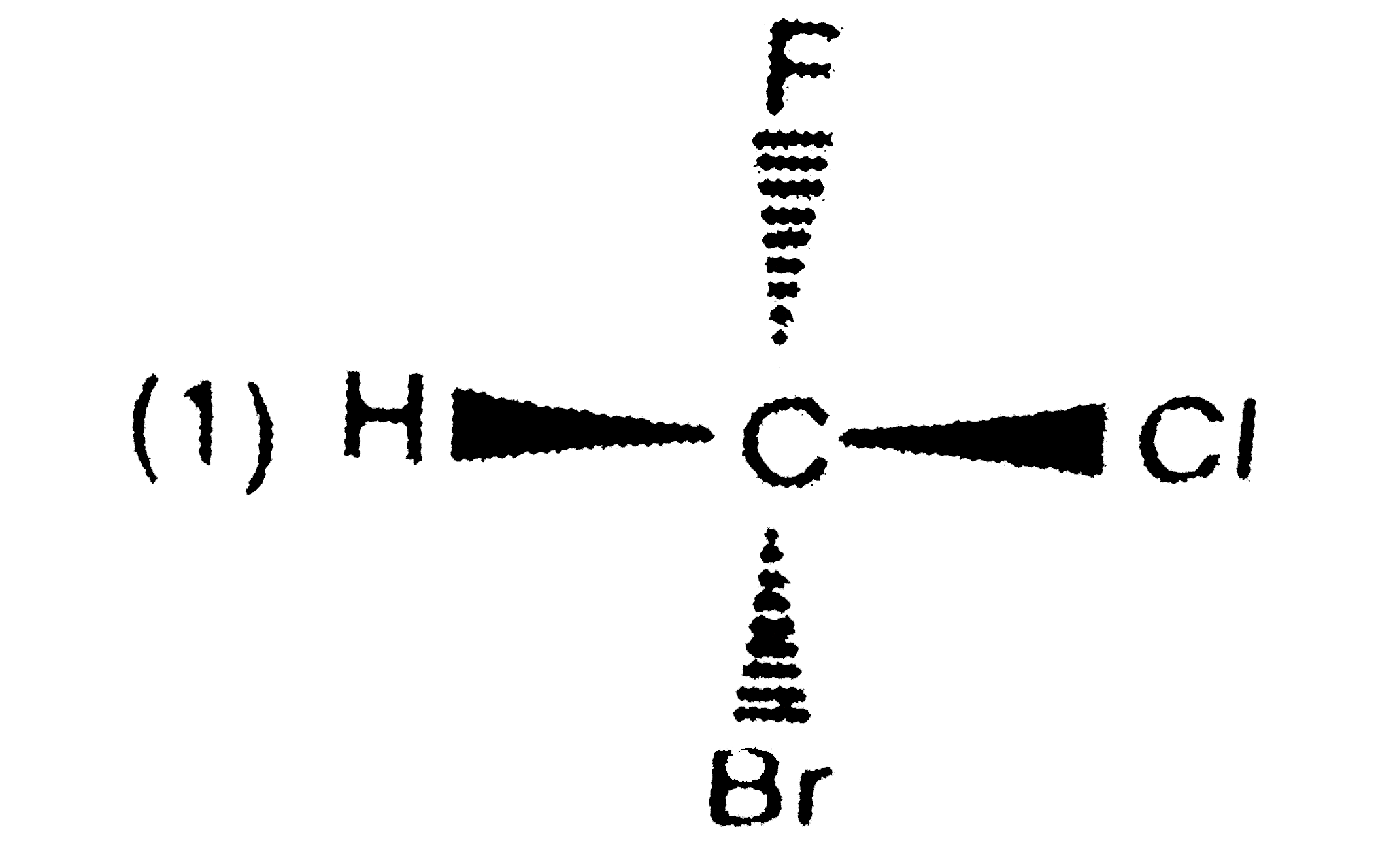
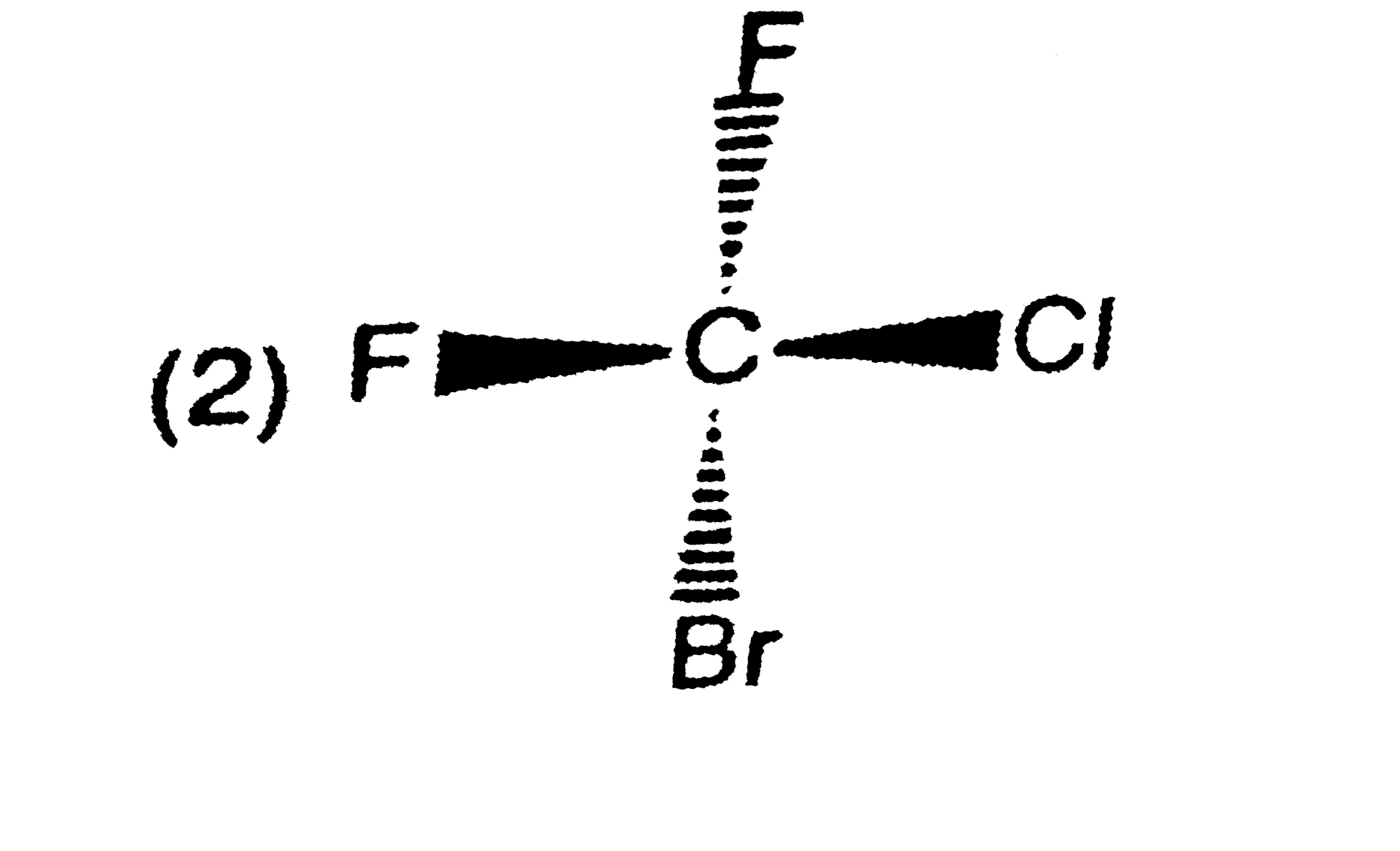
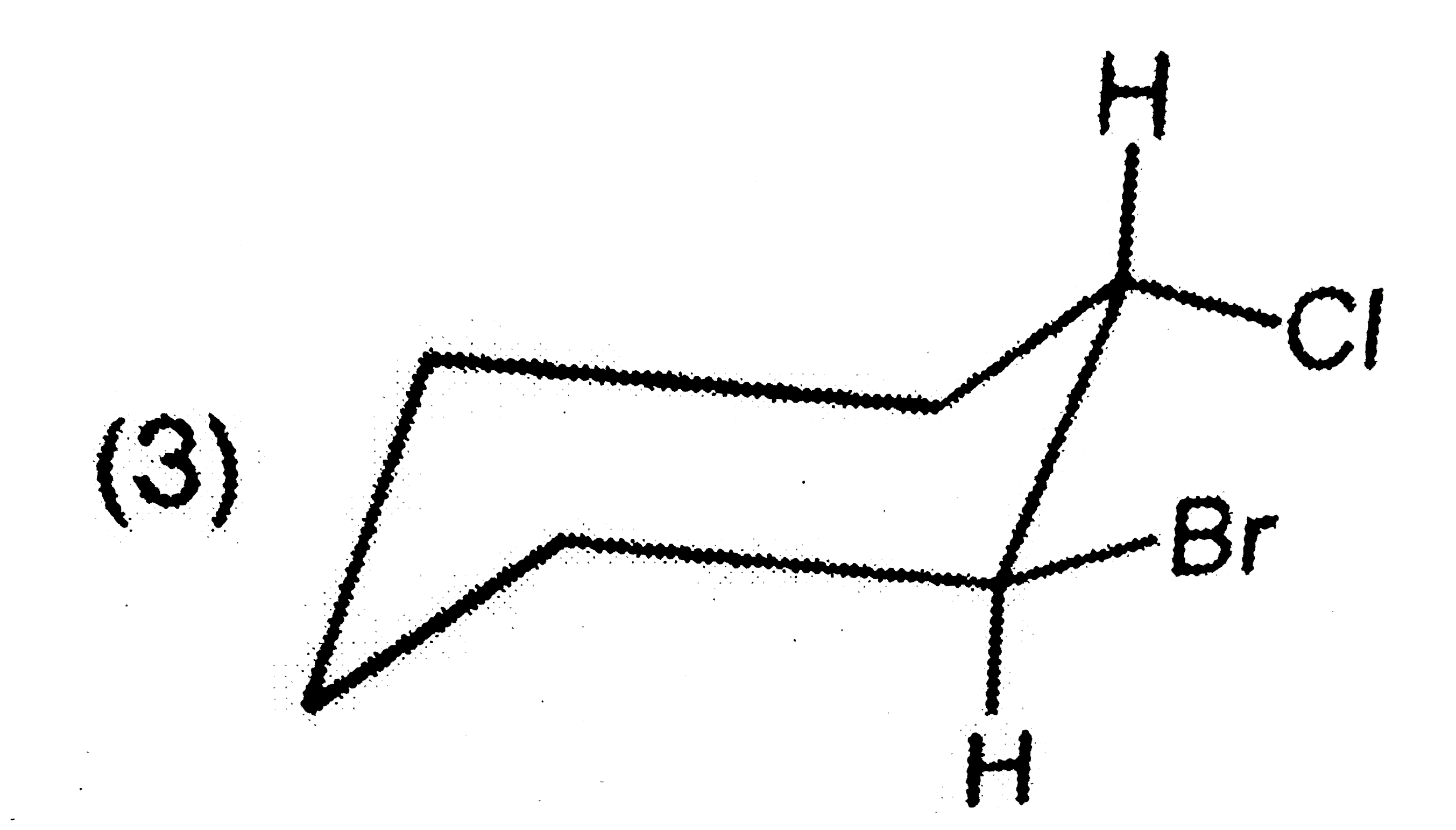
More than one of these
The correct Answer is:B
To determine which of the given molecules possesses a plane of symmetry, we need to analyze the molecular structures based on the symmetry of their substituents around the central atom. A plane of symmetry is an imaginary plane that divides a molecule into two mirror-image halves.
1. Identify the Molecules:
- We have three compounds to analyze. Let's denote them as Compound A, Compound B, and Compound C.
2. Analyze Compound A:
- The substituents around the central carbon atom are different: R1, K, CF, R, and X.
- Since all substituents are different, there is no way to divide the molecule into two identical halves.
- Conclusion: Compound A does not possess a plane of symmetry.
3. Analyze Compound B:
- The substituents around the central carbon atom are: Carbon, Fluorine, Fluorine, and Bromine.
- Here, we have two identical substituents (Fluorine).
- This allows for a plane of symmetry to be drawn between the two Fluorine atoms, dividing the molecule into two symmetrical halves.
- Conclusion: Compound B possesses a plane of symmetry.
4. Analyze Compound C:
- The substituents around the central carbon atom are also different, similar to Compound A.
- Since all substituents are different, there is no plane of symmetry.
- Conclusion: Compound C does not possess a plane of symmetry.
5. Final Answer:
- The molecule that possesses a plane of symmetry is Compound B.
- We have three compounds to analyze. Let's denote them as Compound A, Compound B, and Compound C.
- The substituents around the central carbon atom are different: R1, K, CF, R, and X.
- Since all substituents are different, there is no way to divide the molecule into two identical halves.
- Conclusion: Compound A does not possess a plane of symmetry.
- The substituents around the central carbon atom are: Carbon, Fluorine, Fluorine, and Bromine.
- Here, we have two identical substituents (Fluorine).
- This allows for a plane of symmetry to be drawn between the two Fluorine atoms, dividing the molecule into two symmetrical halves.
- Conclusion: Compound B possesses a plane of symmetry.
- The substituents around the central carbon atom are also different, similar to Compound A.
- Since all substituents are different, there is no plane of symmetry.
- Conclusion: Compound C does not possess a plane of symmetry.
- The molecule that possesses a plane of symmetry is Compound B.
Topper's Solved these Questions
- STEREOISOMERISMBOOK - RESONANCE ENGLISHCHAPTER - STEREOISOMERISMEXERCISE - EXERCISE (PART II : NATIONAL STANDARD EXAMINATION IN CHEMISTRY (NSEC) STAGE-1)
55 Videos
- STEREOISOMERISMBOOK - RESONANCE ENGLISHCHAPTER - STEREOISOMERISMEXERCISE - EXERCISE (PART III : PRACTICE TEST-2 (IIT-JEE (ADVANCED PATTERN))
23 Videos
- STEREOISOMERISMBOOK - RESONANCE ENGLISHCHAPTER - STEREOISOMERISMEXERCISE - EXERCISE (PART -II ONLINE JEE MAIN)
3 Videos
- SOLUTIONSBOOK - RESONANCE ENGLISHCHAPTER - SOLUTIONSEXERCISE - Advabced Level Problems (PART-2)
35 Videos
- STRUCTURAL IDENTIFICATIONBOOK - RESONANCE ENGLISHCHAPTER - STRUCTURAL IDENTIFICATIONEXERCISE - Advanced level Problems (Part-III)
12 Videos
Similar Questions
Knowledge Check
In which of the following compound, possess plane of symmetry as well as centre of symmetry?
A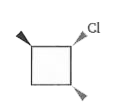 B
B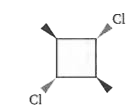 C
C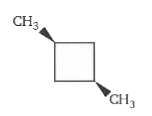 D
D
Which of the following compounds have the plane of symmetry?
A B
B C
C D
D
Which of the following compound has plane of symmetry ?
R=−CH∣CH3−CH S=−CH∣Br−ClA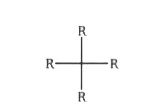 B
B C
C DNone of these
DNone of these
Which of the following does not possess stomata ?
View SolutionWhich of the following plants possesses culm
View SolutionWhich of the follwing objects listed below possess a plane of symmetry and are, therfore, achiral?
a. A hammer
b. A car
c. A woodscrew
d. An ear
e. A screwdriver
f. A tennis shoe
g. A golf club
h. A baseball bat
View SolutionWhich of the following possesses mammary glands?
View SolutionWhich of the following figures has only one line of symmetry ?
View Solution
